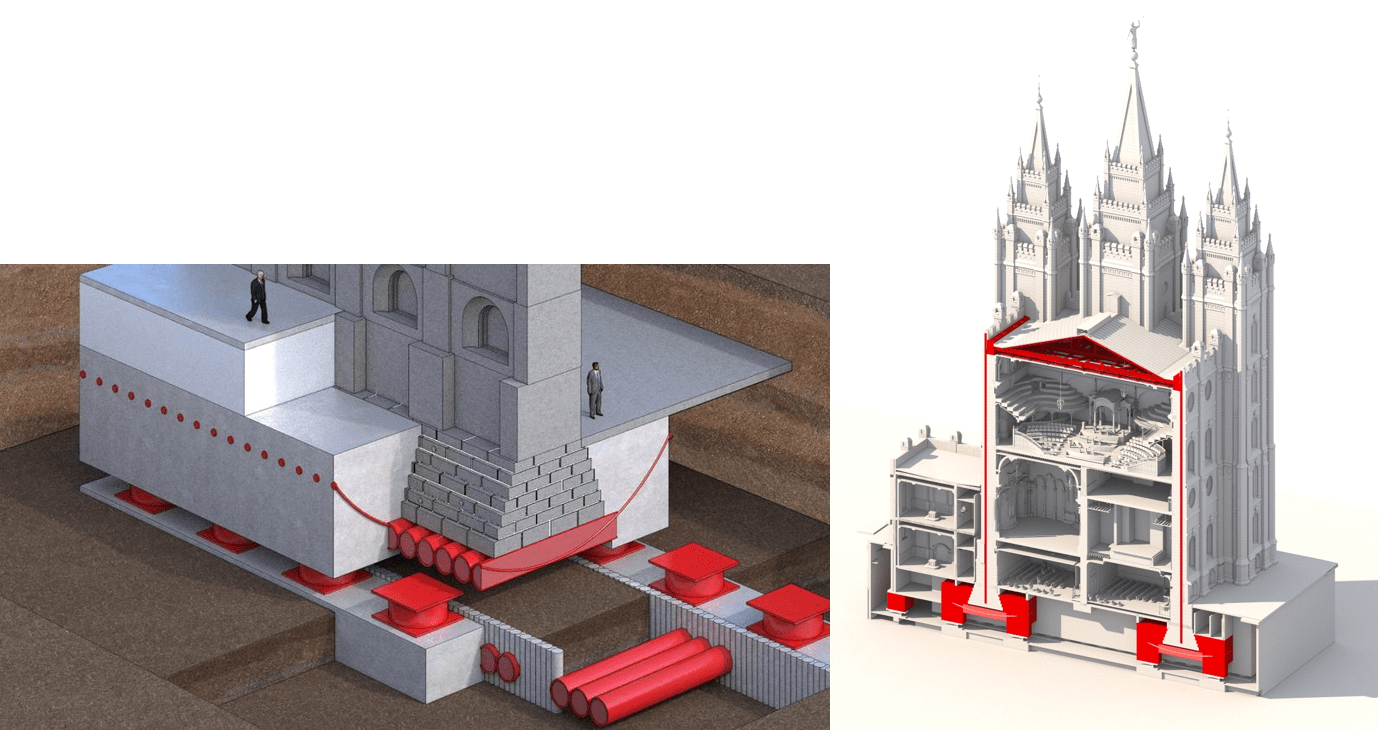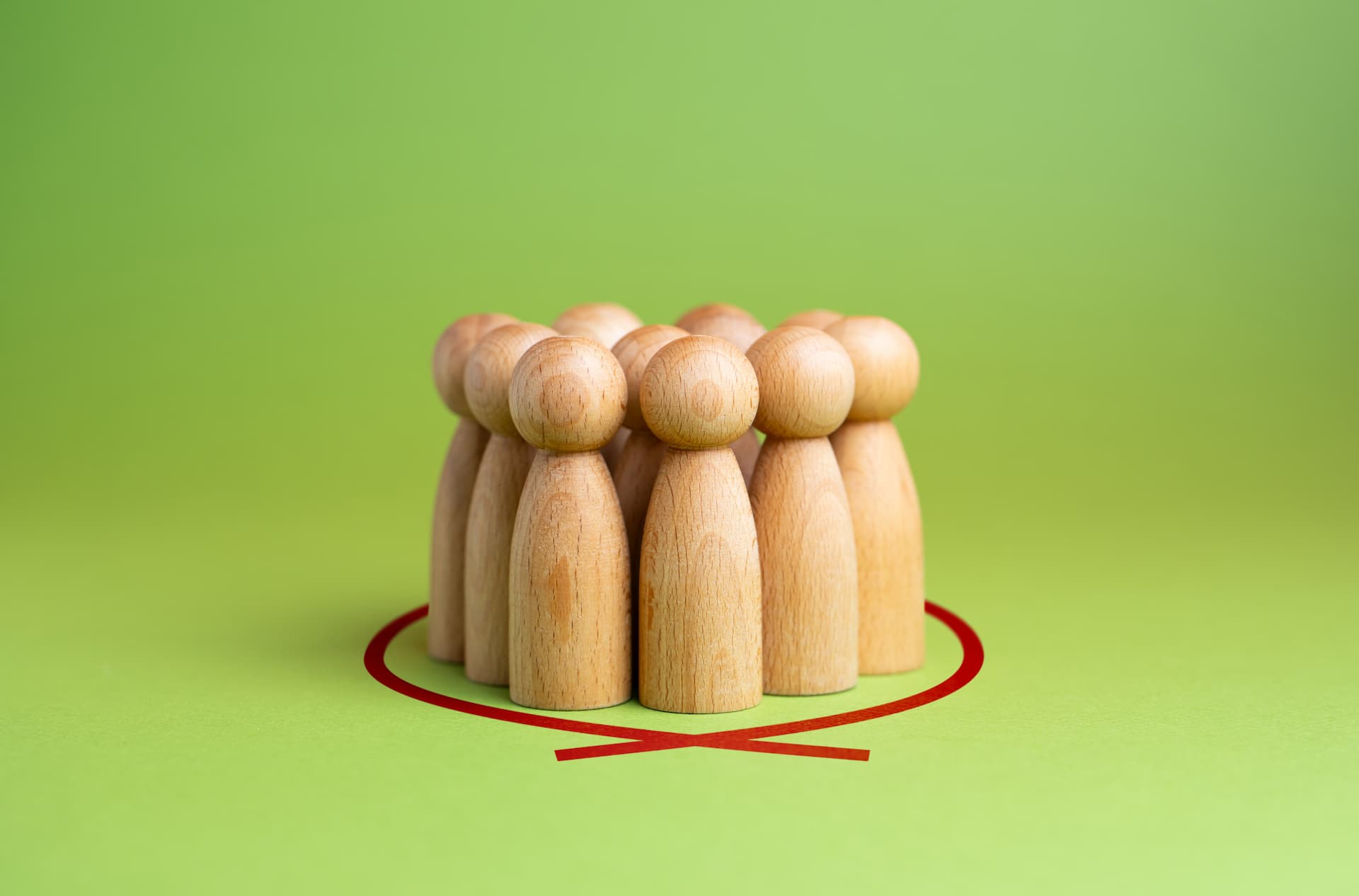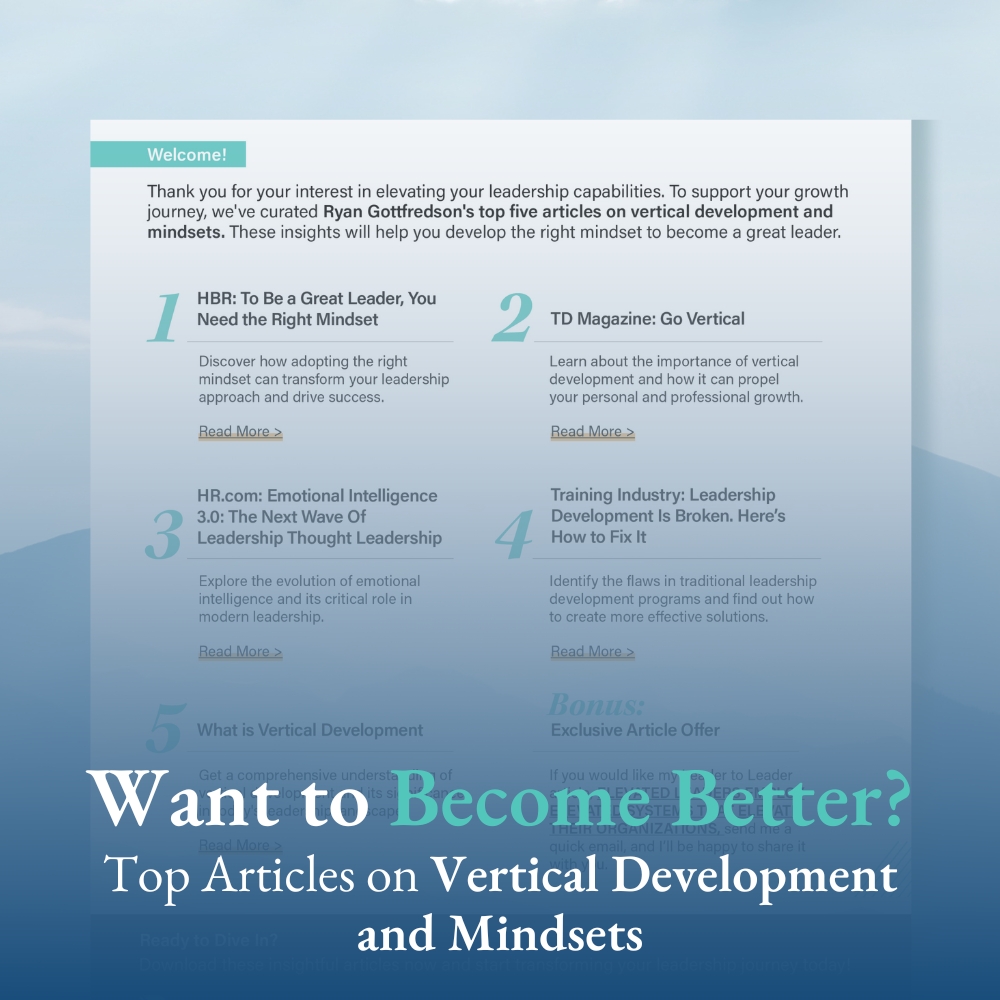Do you have a stable foundation or a dynamic foundation? I think the answer has huge implications for our ability to survive and navigate crises. In other words, it has huge implications for our ability to be agile and future-proof.
What is the purpose of a foundation? It is to hold up and hold together the structure above it.
Most buildings have a stable foundation, such that they are built into the ground, and they directly connect with the ground. This is just fine most of the time. But, when an earthquake occurs (a crisis or shock to the system), having a stable foundation can be detrimental, and it increases the likelihood that the structure will fall.
I grew up in Utah, where there is a large fault line. And, my entire life experts have been saying that Utah is overdue for a massive earthquake. So, over time, many of the large and historic buildings have had their foundations upgraded from a stable foundation to a dynamic foundation.
The famous Salt Lake City Temple of The Church of Jesus Christ of Latter-day Saints is going through such an upgrade right now. (In fact, my wife and I were married there).

They are literally digging around and under the current foundation and putting in a support structure that is dynamic. When an earthquake occurs, the dynamic supports (shock absorbers) around the foundation that will absorb the movements caused by the earthquake, limiting how much the structure above shakes.

Ok, but how does this apply to organizations?
If we want to play this analogy out, I believe that organizations have one of three different types of foundations:
- Sandy foundation – Not intentional about its foundational principles and strategies
- Stable foundation – Intentional, but rigid, about its foundational principles and strategies
- Dynamic foundation – Intentional, but agile, about its foundational principles and strategies.
When an organization has a sandy foundation, they will stay standing unless an earthquake (shock or crisis) occurs. But, if an earthquake occurs, there is no question that it is coming down.
When an organization has a stable foundation, they rigidly hold on to the strategies, processes, and values that have made them successful up to the current day. Such organizations have a culture that figuratively says, “this is how we have always done it, and we aren’t going to change now.” When an earthquake (shock) occurs, generally there is significant damage to the organization.
When an organization has a dynamic foundation, they have developed guiding principles that allows them to flex their strategies, processes, and values to meet the demands of the current situation. When an earthquake (shock) occurs, the organization is as strong as ever, having changed, adjusted, and/or improved its strategies, processes, and values.

COVID-19
COVID-19 has been an earthquake, a shock in the system, for almost all organizations. Are you seeing the fallout of the earthquake in terms of the organizations with the different foundations?
We see some on a sandy foundation that are quickly tumbling down; those with a stable foundation that are currently holding it together, but if the earthquake continues much longer, will come tumbling down; and those with a dynamic foundation that are thriving.
How do we create a dynamic foundation?
When an organization has a stable foundation, they figuratively state: “This is our strategy.” “This is our process.” “This is our values.” Their identity is in what they do, who they have been, and who they are now.
When an organization has a dynamic foundation, it doesn’t build upon or identify with any certain strategy, process, or values. That isn’t to say that they don’t have these things. They just recognize that while their strategies, processes, and values may be serving them well now, they may not serve them well later, and are ok with letting go of them if needed.
But, people like to attach to and identify with something. So, in order for an organization to have a dynamic foundation, they need to attach to and identify with dynamic guiding principles. Here are four:
- Growth mindset – A belief that they can change their strategies, processes, and values. They don’t have a fixed mindset where they think, “We are who we are, and there is nothing we can do about it.”
- Open mindset – A belief that they can be wrong, which allows them the capacity to seek truth, absorb new ideas, and think optimally. They don’t have a closed mindset where they think, “What I know is best,” and therefore focus on proving that they are right, leaving them blind to other ideas and perspectives.
- Promotion mindset – Focused on making progress toward their destination, which simultaneously means that they always anticipate problems and are willing to take the necessary risks to get to their destination. They don’t have a prevention mindset where they are focused on ensuring that they don’t “sink,” which simultaneously means that they run from problems and risk, and ultimately head down the path of least resistance.
- Outward mindset – Focused on fulfilling the needs of and adding value to their employees and consumers. When an organization can do this, they are able to adapt to their employees and consumers. When an organization has an inward mindset, they hold rigidly to what is best for them and try to get the employees and consumers to adapt to them (never a winning strategy).
Assessing Your Foundation
In my consulting work, I go into organizations, departments, and teams and I assess the mindsets of their leaders and employees, and will generally produce a collective mindset report, which gives you clarity on what type of foundation that organization, department, or team has.
For example, look at the results below. What type of foundation does this organization seem to have?




I have done this with over 50 organizations, departments, or teams, and I have only encountered one that is collectively on the positive side of all of the four mindsets (dynamic foundation). I would say that 75% of the groups I have worked with collectively have at least three mindsets on the negative side (sandy foundation).
If you would like to inspect the mindsets of your organization, department, or team, please connect with me (click here to connect with me). I would love to work with you to (1) assess your current foundation, and (2) help you to build a more dynamic foundation so that your organization can be more agile and future-proof.









